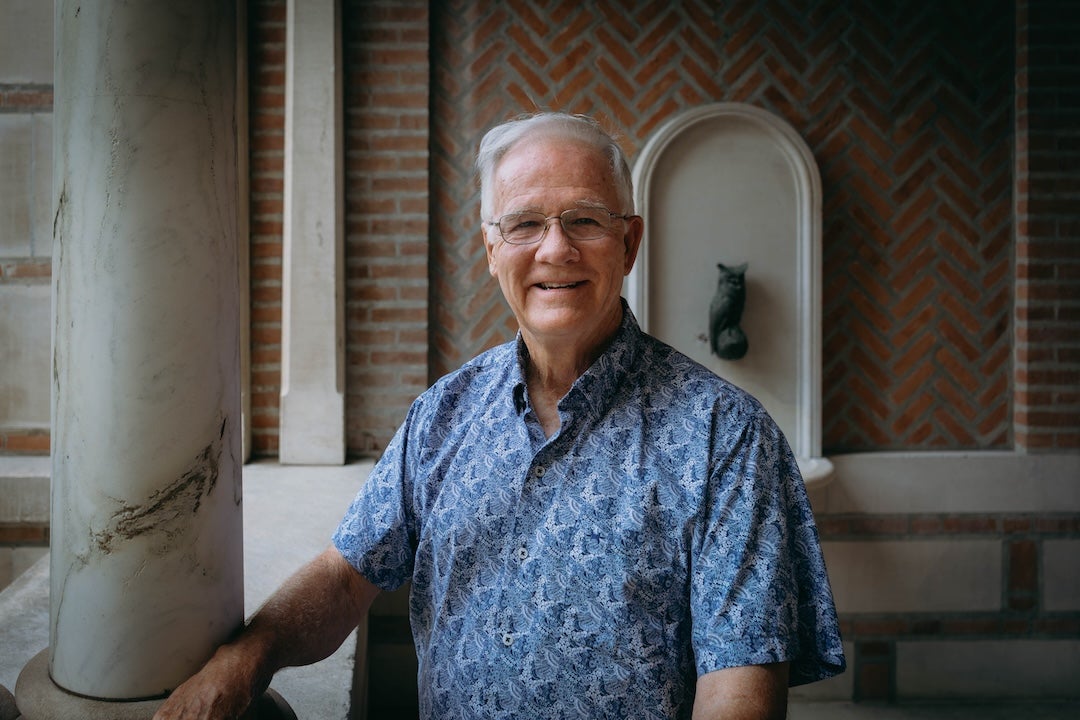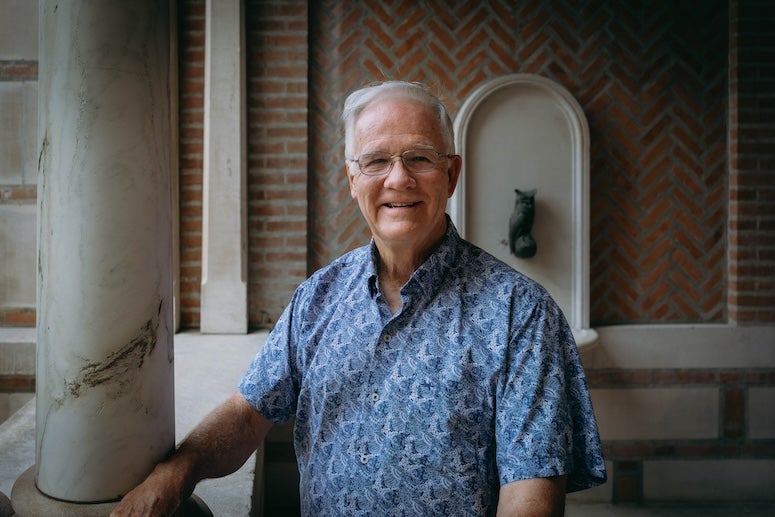
In the aftermath of the devastating July 2025 floods in the Texas Hill Country, the need for reliable, real-time flood warning systems has never been more urgent. While rural and urban areas experience flooding in different ways, both face life-threatening risks without timely information. For decades, Rice University’s Severe Storm Prediction, Education and Evacuation from Disasters (SSPEED) Center has led efforts in flood modeling and disaster preparedness. Its state-of-the-art Flood Information and Response System (FIRST) provides accurate, real-time forecasts to protect critical infrastructure and communities. The system’s capabilities are applicable to both urban centers and rural regions nationwide where flash floods may occur.
“Floods can happen fast, and as extreme weather events are becoming more common due to climate change, we’re seeing them more frequently,” said Philip Bedient, designer of the FIRST system, director of the SSPEED Center and the Herman Brown Professor of Engineering at Rice. “We designed FIRST to give decision-makers the earliest possible warnings, ideally hours before flash flooding takes place.”

Initially developed for the Brays Bayou Watershed to protect the Texas Medical Center 20 years ago, an upgraded FIRST system was designed for the city of Houston and implemented in 2020. The system serves as a critical decision-support tool for emergency management by continuously ingesting 15-minute radar rainfall data across four major watersheds in Houston, including Brays Bayou, White Oak Bayou, Hunting Bayou and Sims Bayou, and instantly displays flood risks in color through intuitive visual maps.
“FIRST was created to serve the most essential facilities — hospitals, nursing homes, fire stations and communities vulnerable to flooding,” Bedient said. “During major storm events, every minute counts. Our system helps city and county officials and emergency responders determine where and when to issue warnings, close roads or evacuate neighborhoods.”
If any region records over 5 inches of rain in a 24-hour period, FIRST pulls from an extensive floodplain map library (FPML) to simulate and display the expected inundation zones. The FPML contains 49 advanced flood scenarios per watershed, built using state-of-the-art modeling tools. These maps allow for precision flood forecasts based on both upstream and downstream rainfall levels ranging from 5 to 18 inches.
“We’re not just looking at rainfall — we’re looking at how that rain moves through the watershed, how it interacts with infrastructure and how it puts people at risk,” Bedient said. “That’s what makes FIRST so powerful. It combines real-time radar with detailed flood modeling to tell us what’s happening and what’s likely to happen next.”
The recent Hill Country flood is a sobering reminder of what’s at stake. Fueled by the remnants of Tropical Storm Barry and a stalled front, the event dumped over 10 inches of rain across the Guadalupe River Basin within hours. The landscape, known for its steep hills and rocky terrain, transformed into a powerful raging torrent with the river surging over 30 feet. The flood wave moved at velocities exceeding 10 feet/second, travelling over the upstream 10 miles in 1.5 hours and resulting in a devastating loss of life.
“It’s heartbreaking,” Bedient said. “Events like this reinforce why systems like FIRST are so essential — not just in big cities but in rural areas, too. Every region prone to flooding should have a reliable, science-based flood alert system, and the time to act is now. The tools exist; we just need to put them in place.”

